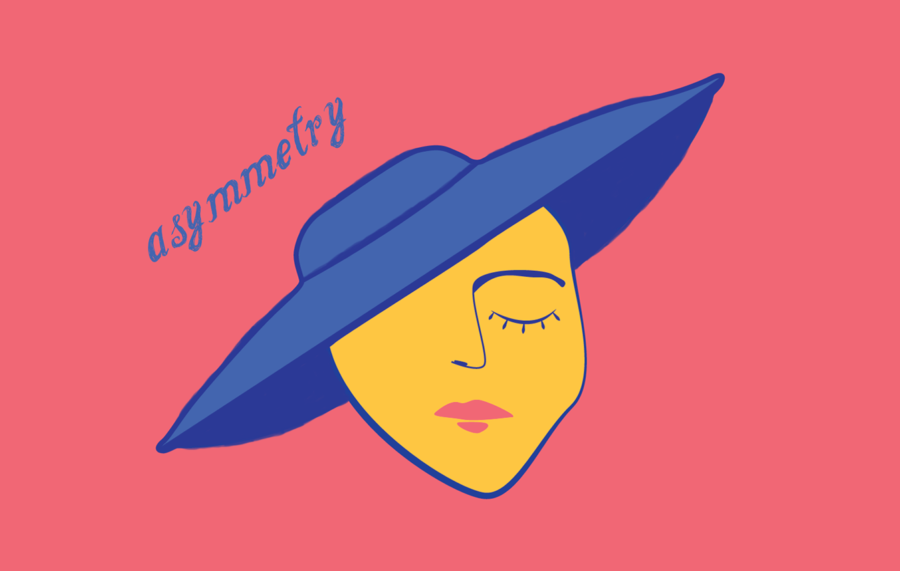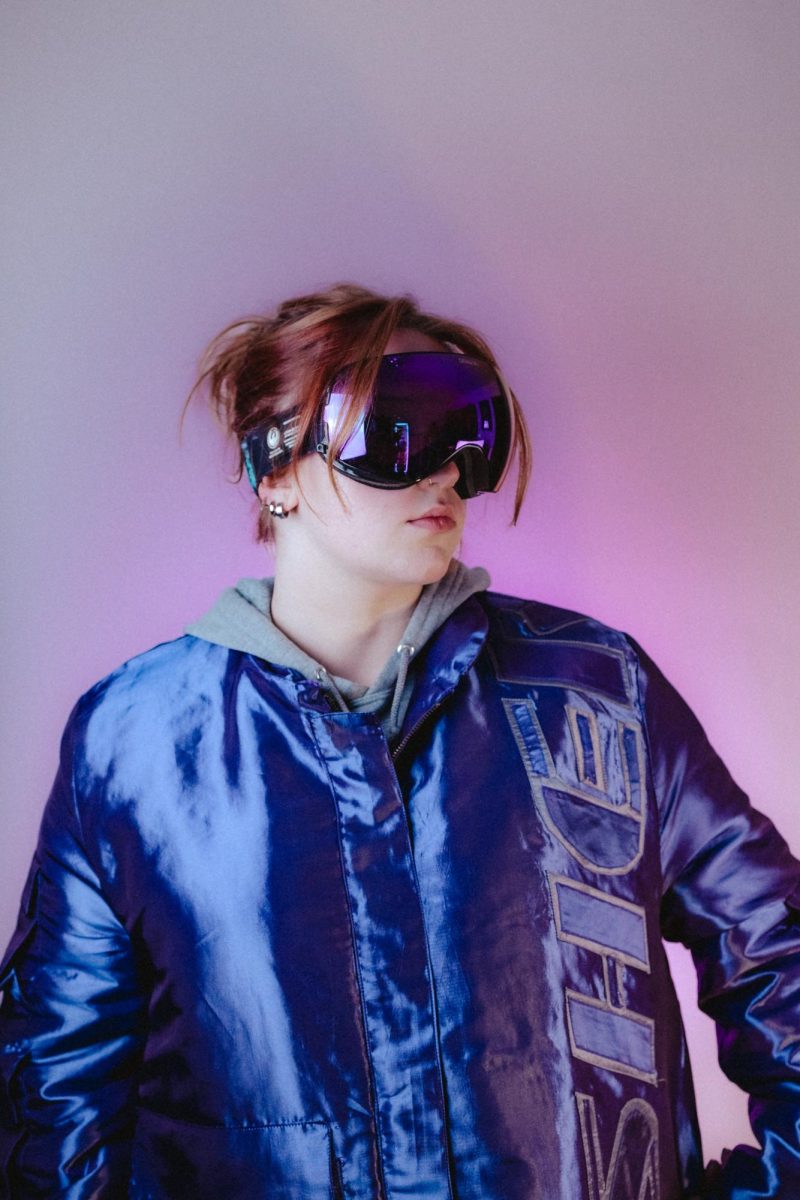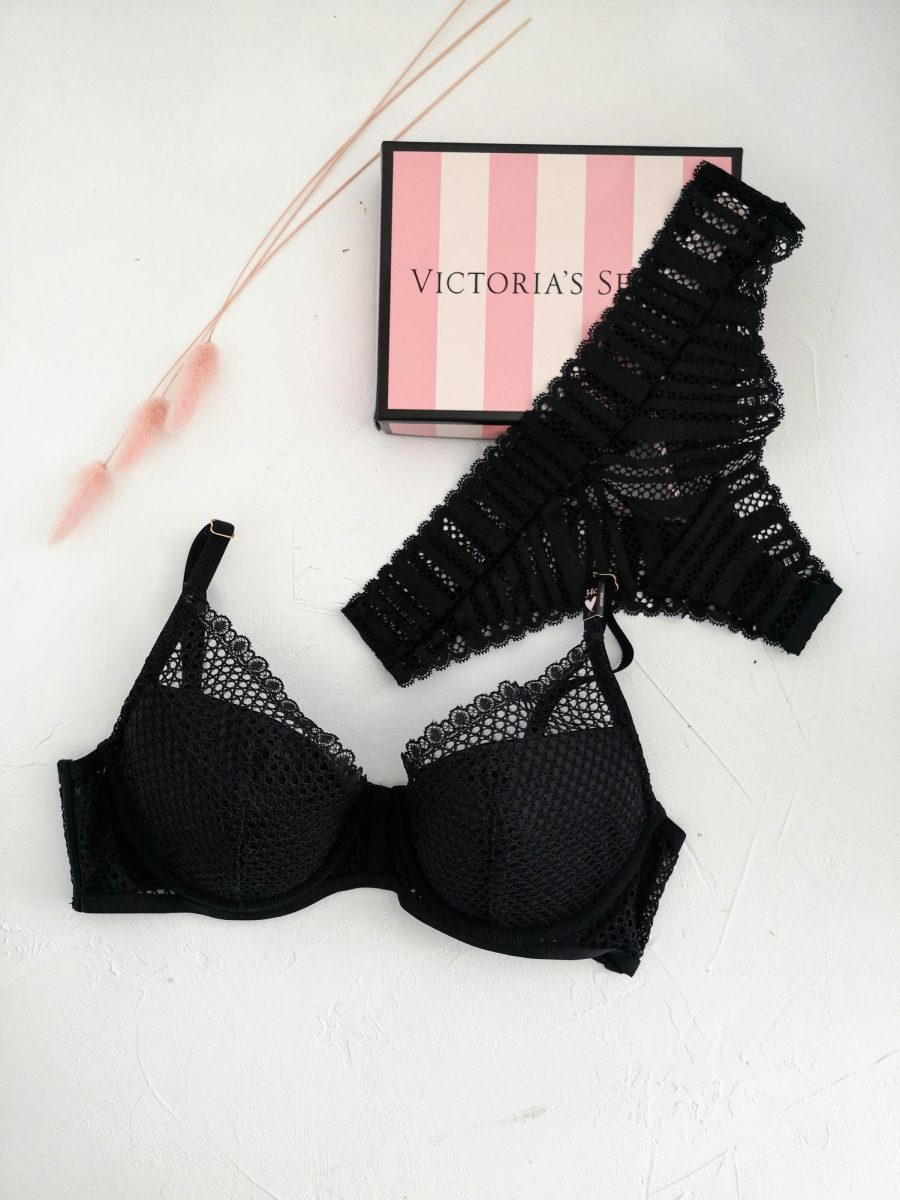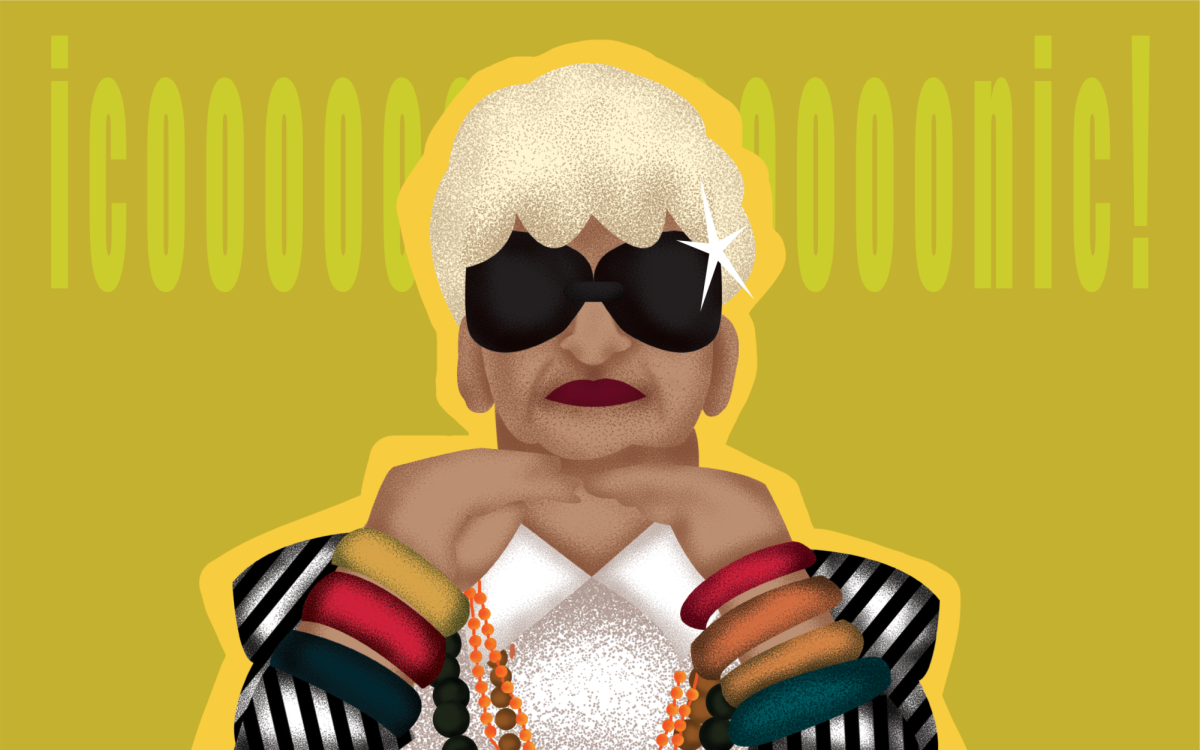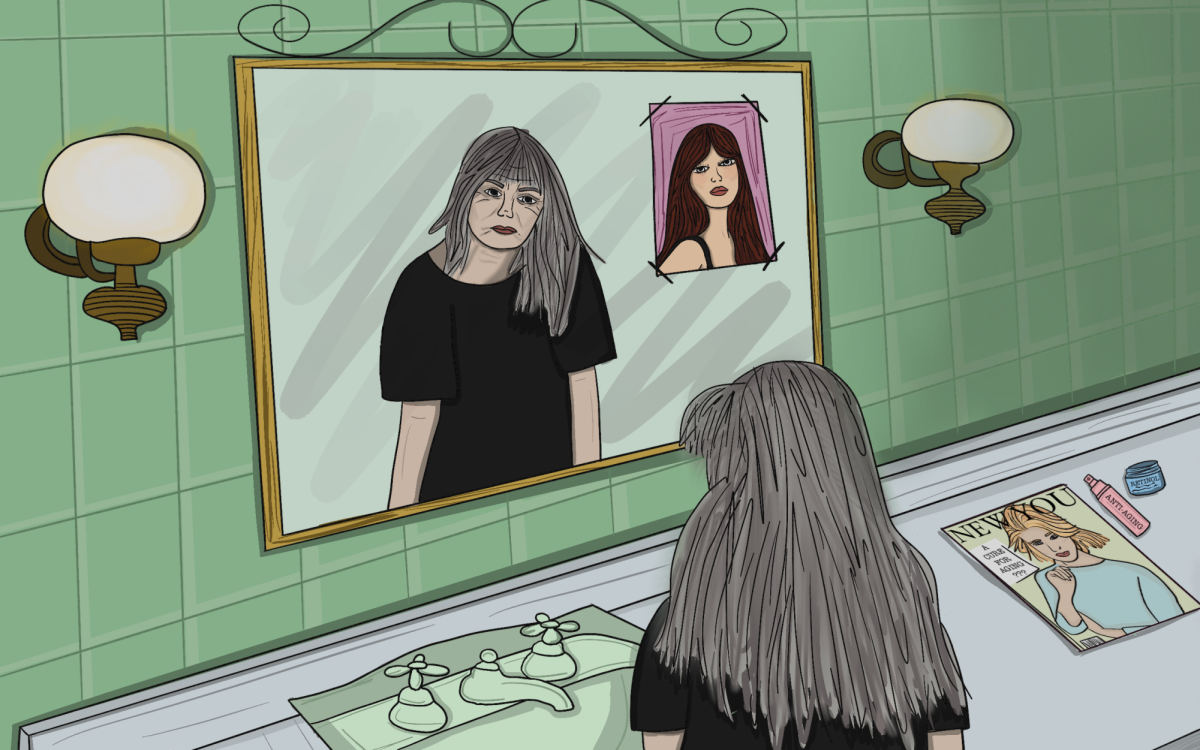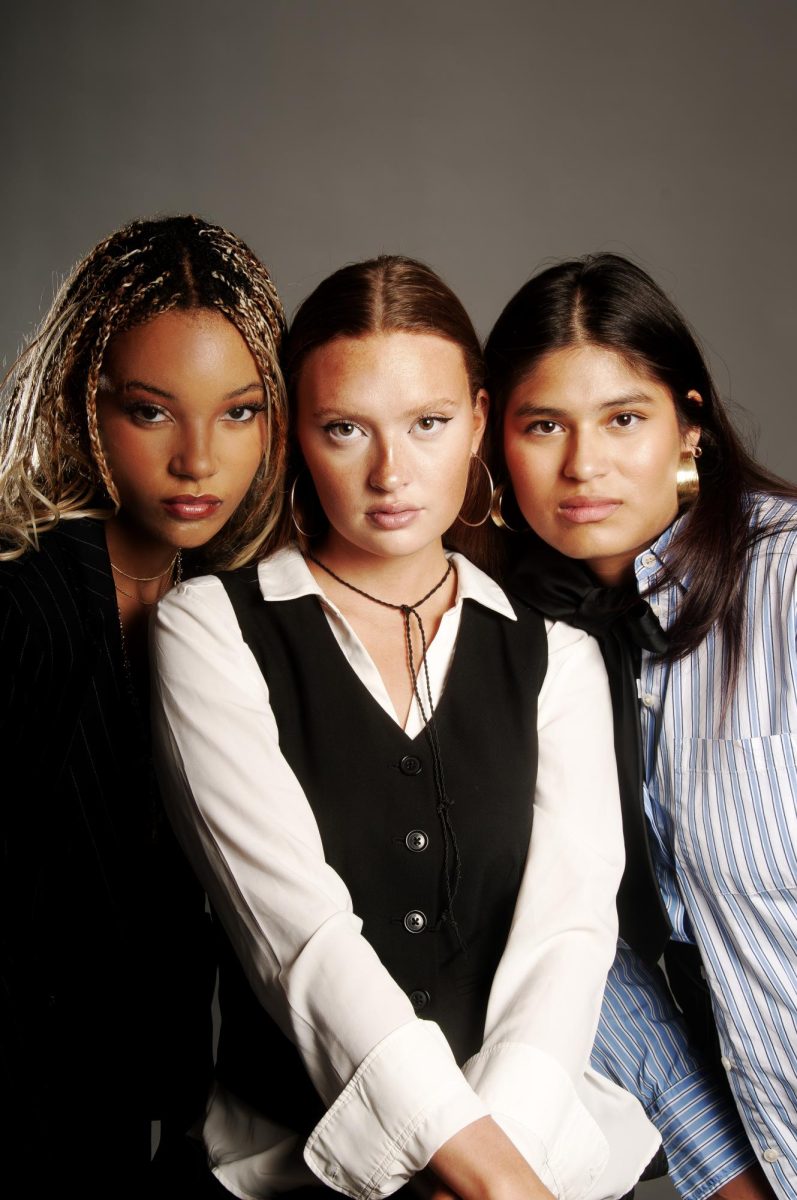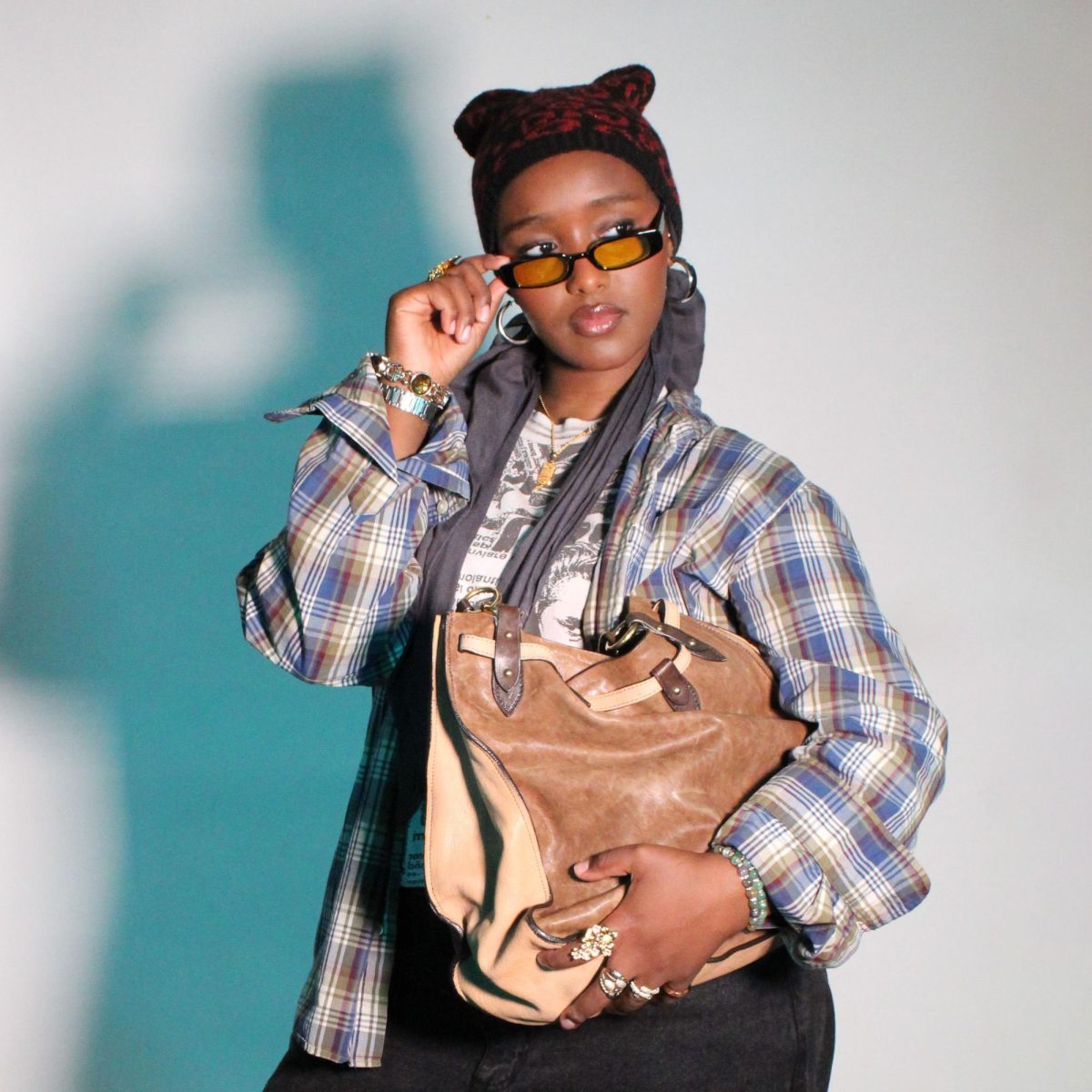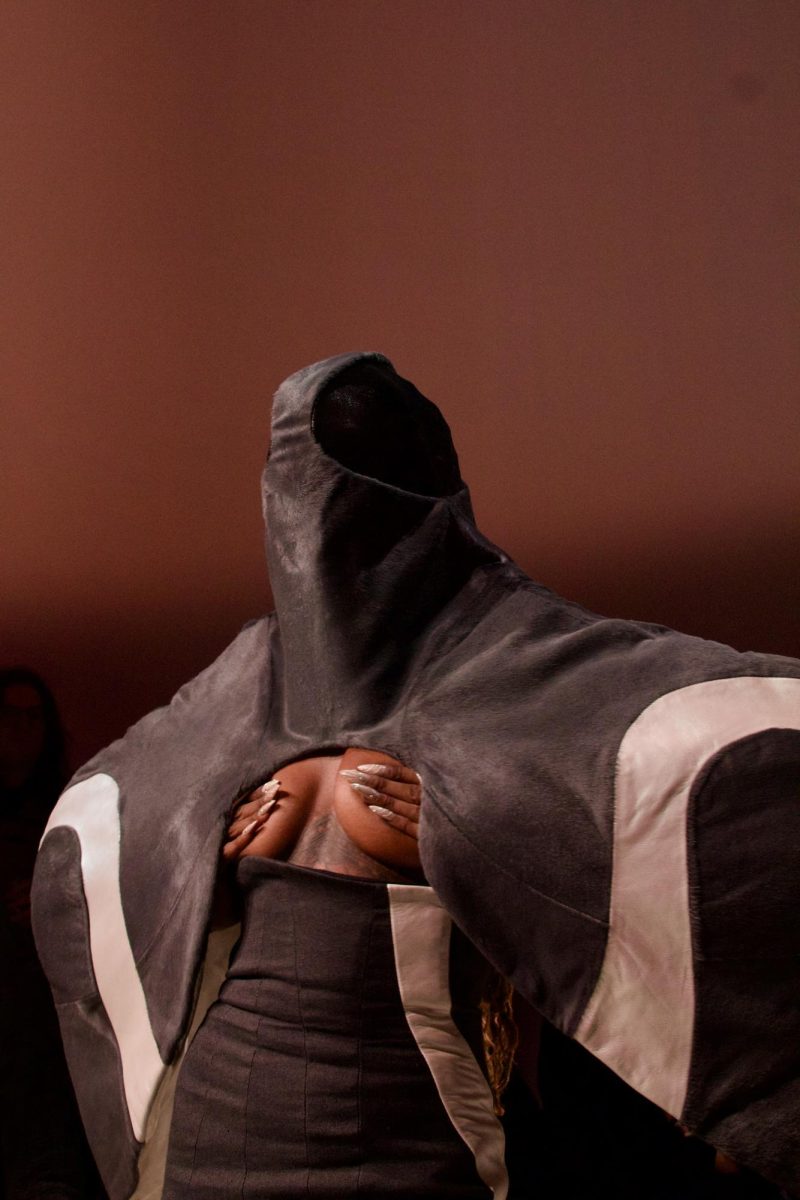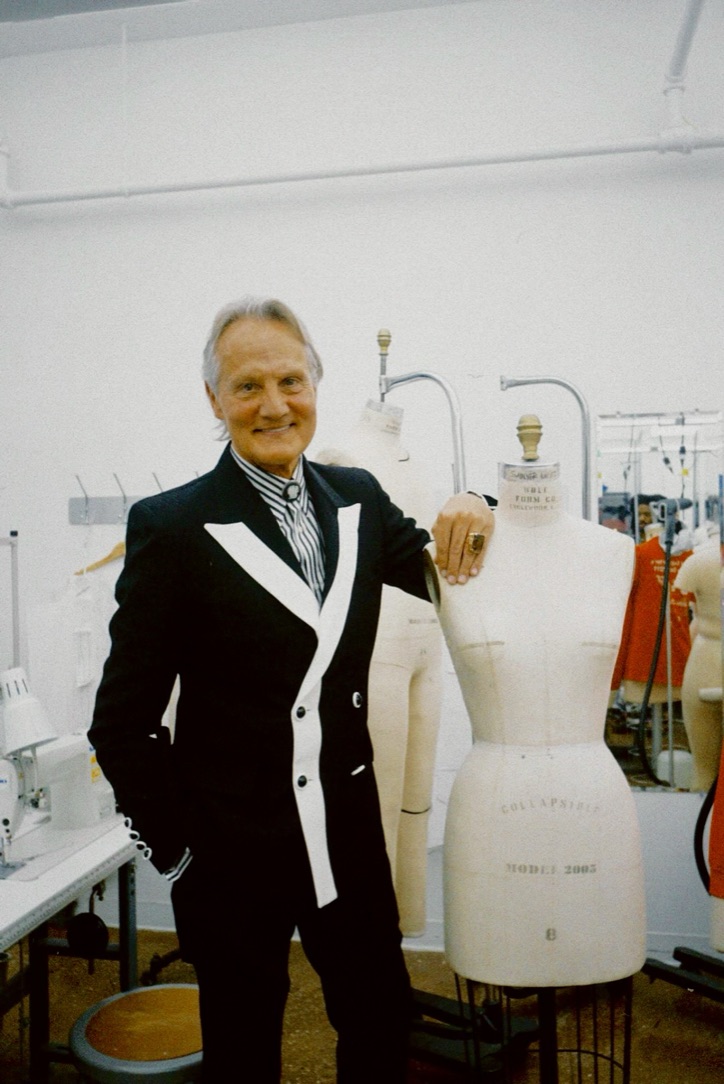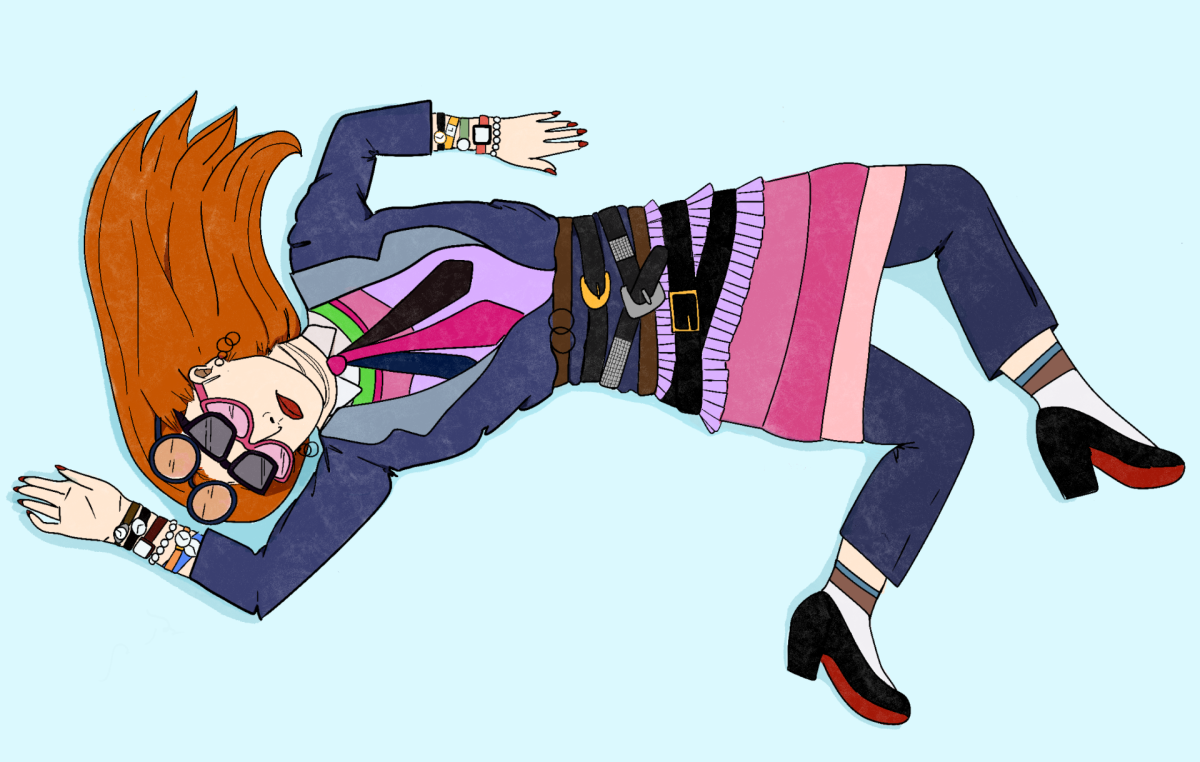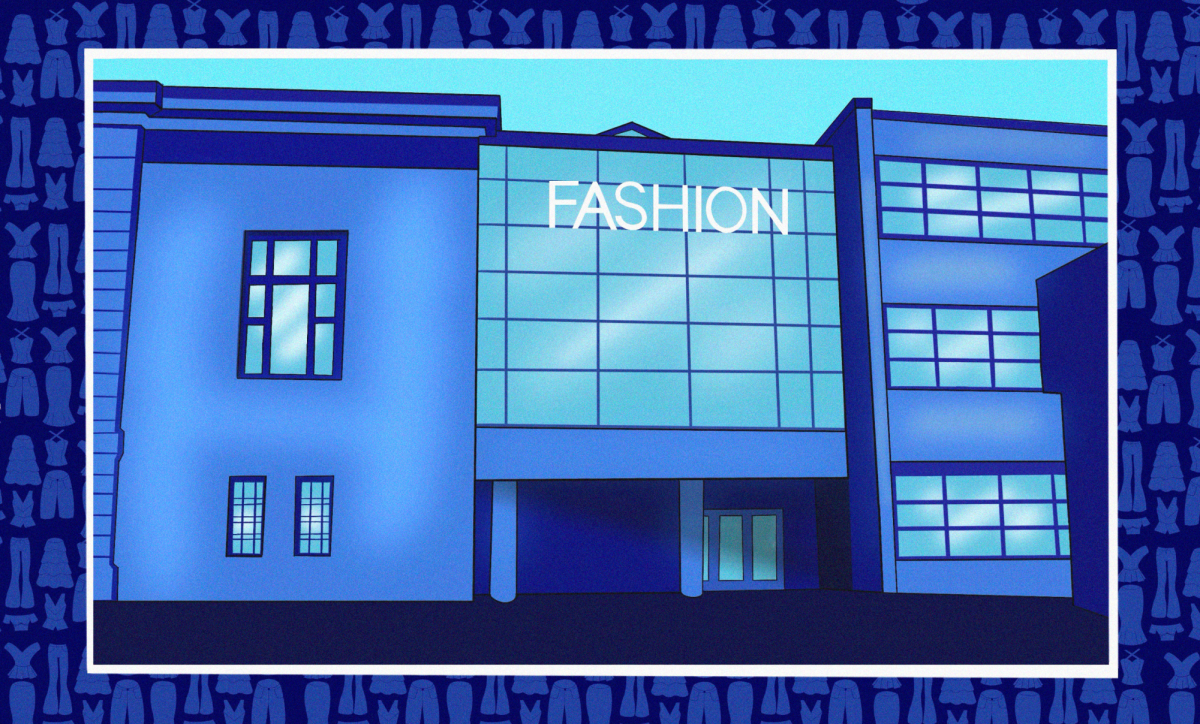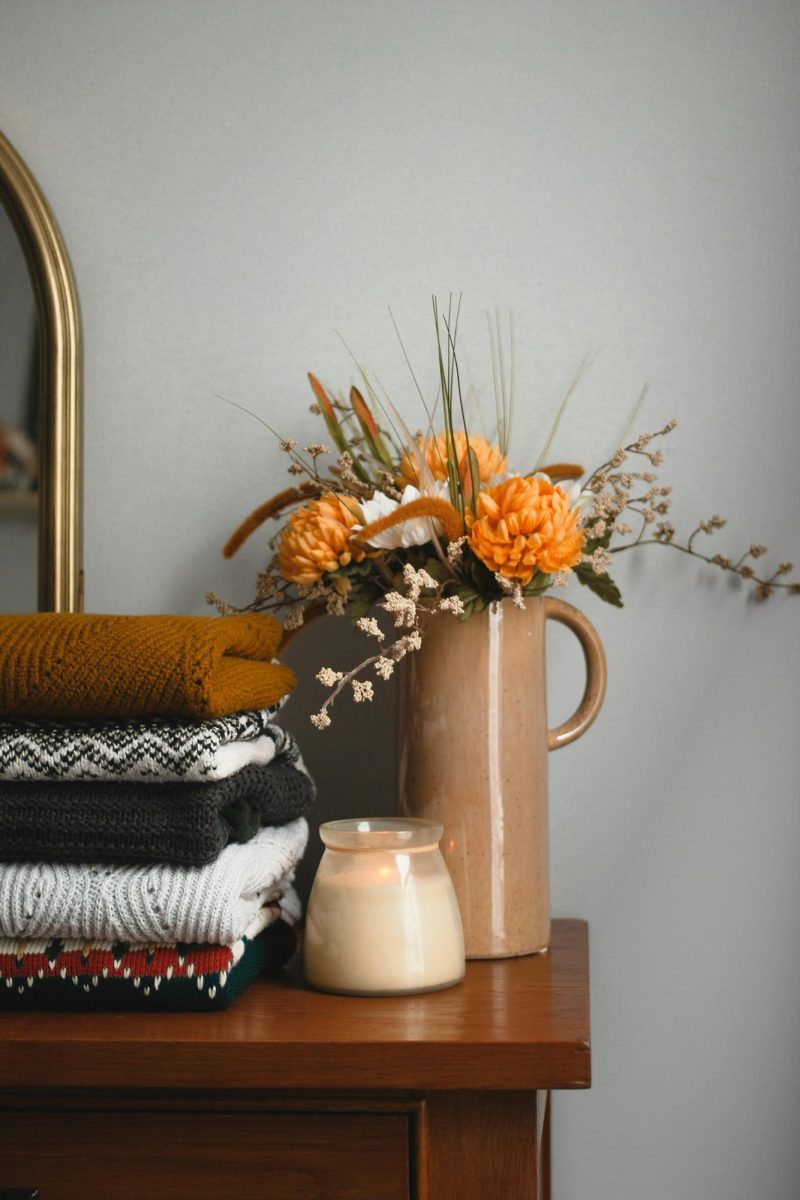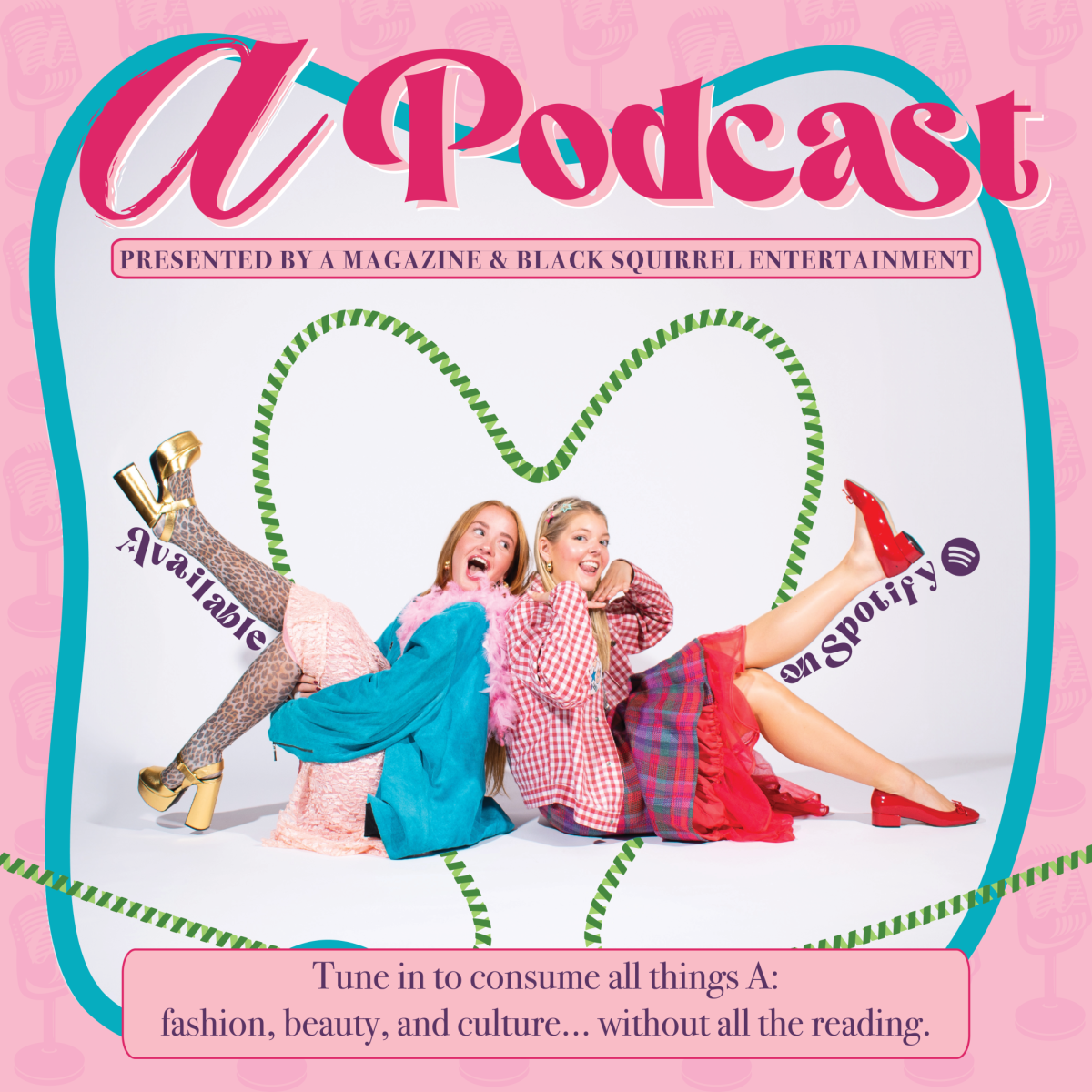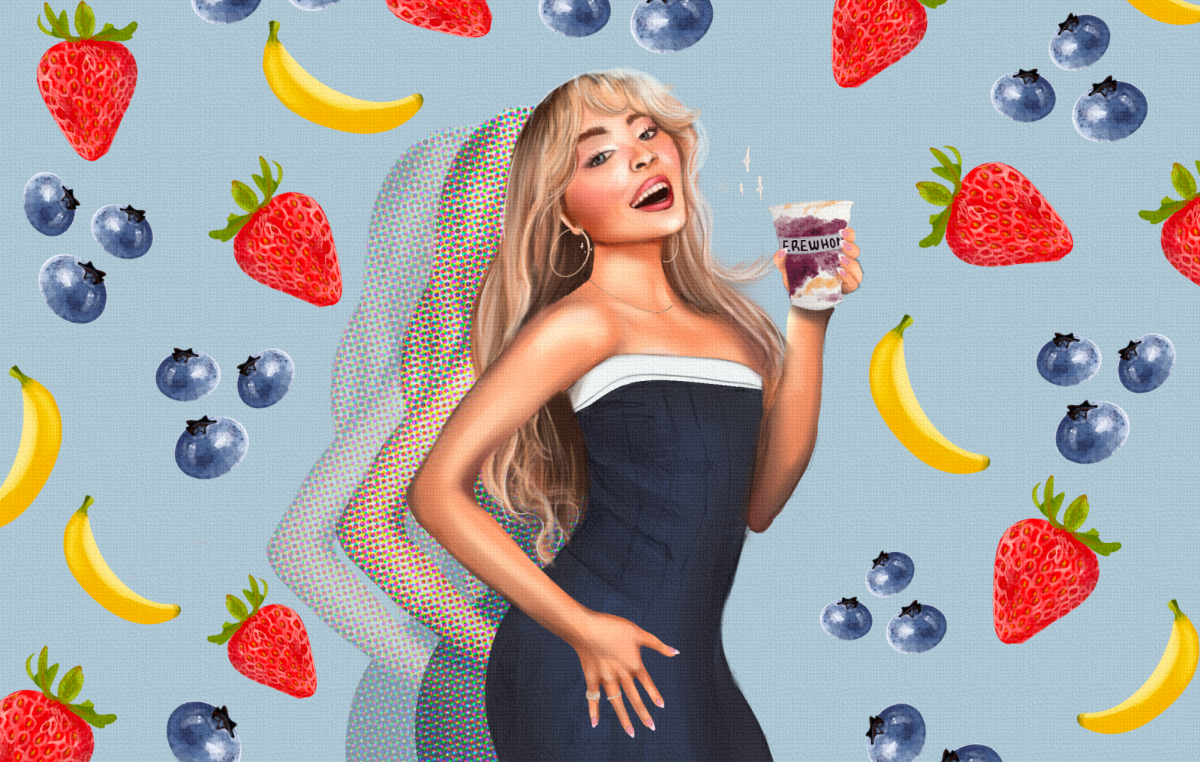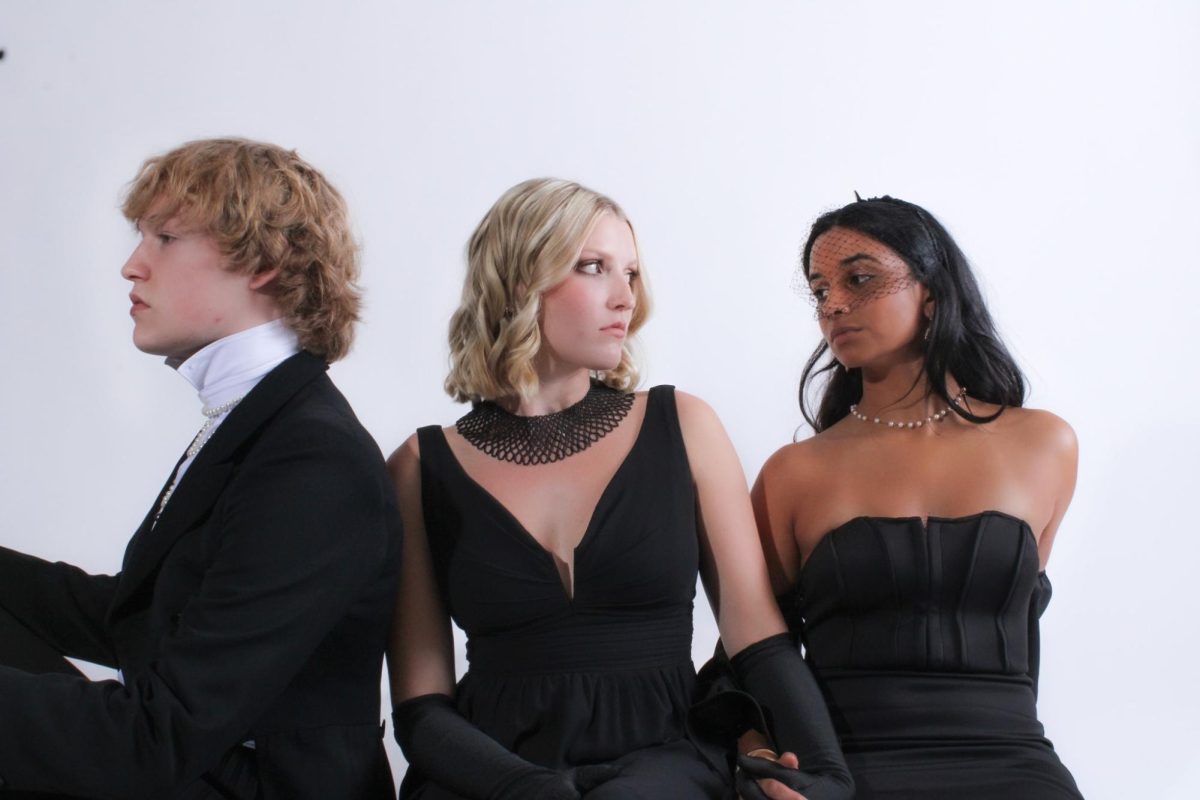The beauty of a butterfly is not dependent on the bright colors from which nature’s paintbrush splatters its wings. Nor is the beauty of a butterfly solely reliant on the graceful movements which together compose the butterfly’s flitting dance. Rather, the beauty of a butterfly is defined by the nearly anomalistic perfection of its winged symmetry.
If you’ve ever inquired what makes a model, actress, or celebrity “beautiful,” you’ve probably been given an answer that resembles, “their face is very symmetrical.” But could this mirrored-looking effect really be the source of their aesthetic charm? The “symmetry equates to beauty” phenomenon was explored in a 2014 Time Magazine article that featured a photography project called Both Sides Of. The article opens with the statement, “there’s a biological assumption that symmetrical faces are intrinsically more beautiful than ones with uneven features.” This prefaces the eerie images that follow. The Both Sides Of project involved photographing many different subjects and mirroring each side of their face to create two perfectly symmetrical portraits. While Time Magazine’s photographical feature shed light on the relationship between symmetry and beauty, other platforms have also explored the concept.
This past year, TikTok created a symmetry-testing feature called the mirror filter. This filter allows users to choose one half of their face and mirror it. Very similar to the Both Sides Of project. The results of this face-reflecting symmetry were jarring for most of us who bear non-symmetrical faces. However, those who have symmetrical faces may have been pleasantly surprised by their perceived facial beauty. In fact, testing the symmetry of one’s face with the mirror filter became a popular TikTok trend, where users directly compared their perfectly mirrored, symmetrical filtered face to their actual face. Lizzo gave the filter a try and she had an unsurprisingly symmetrical result (I could hardly tell the mirrored filter apart from her real, unmirrored face!). This trend seemed to confirm traditional beliefs about beauty and that symmetry plays a large role in pleasing aesthetics in human faces.
However, beauty isn’t only applicable to nature or humanity. Beauty, and everything aesthetic, also fuels materialistic industries such as the fashion industry. From perfectly mirrored darts and pleats to delicately aligned collars and cuffs, symmetry is an integral part of eye-appealing fashion. Although symmetry seems to be a necessity for many traditional fashion trends, the rejection of symmetry is one of the most influential trends currently in the modern fashion industry.
Since the Spring/Summer ‘21 fashion weeks came to a close, we can now look at designer shows and make conclusions about the trends that are consistent across different collections and regions. One trend in particular sticks out — asymmetry. Moschino’s socially-distanced marionette fashion show featured a handful of exceptionally asymmetrical gowns. With a singular off-the-shoulder sleeve and a one-side tulle overlay skirt, the Moschino gowns in the S/S ‘21 show are the epitome of high fashion asymmetry.
Also at Milan Fashion Week, the Valentino Spring/Summer ‘21 runway featured several dresses that flowed and swayed with the movement of the models. Of the dresses there was one that stood out — a bright pink, one-shoulder gown. With one shoulder and arm covered by smoothly draped material while the other side remained completely exposed. Valentino perfectly showcased the asymmetry trend.
During Paris Fashion Week, the stained glass and operatic-themed Dior fashion show highlighted asymmetrical design with a long skirt. The otherwise black, striped skirt featured a muted fuchsia stripe on only one side. This stripe, although muted in color, was statement-making and added a necessary flair to the rest of the ensemble.
While the Balmain show played with the aesthetic of symmetry in its mirrored geometric prints and perfectly paired, heightened shoulder pads, it too highlighted asymmetry. A black and white mock-collar poncho hit the runway with an opening that swooped to only one side while the buttons followed in its direction. The model even wore the garment with one arm inside and one arm outside the poncho, further accentuating its asymmetry of the garment’s design. In an otherwise symmetrical display of fashion, the asymmetrical design of this particular garment stood out.
So what has caused the fashion industry to embrace asymmetry as an aesthetic trend when symmetry is so definitive to “beauty?” It turns out that symmetry may only be a necessity to the traditional interpretations of beauty. Fashion in the modern world relies on new and intriguing designs that often reject tradition. Tradition must be exercised as a building block for progression. Tradition must be questioned. Tradition must evolve under the working hand of creativity. The key is to design asymmetry with balance in mind.
If executed properly, asymmetry in fashion can be just as eye-appealing as traditionally beautiful symmetrical design. The asymmetrical Moschino gowns are the best example of balance among asymmetry. While only one sleeve is draped off the shoulder, the opposite side features a singularly added skirt layer attached to one hip. The diagonal line that the eye follows while viewing this garment allows for a sense of balance. Balance among imbalance. Beauty does not rely on traditional aesthetics like symmetry. Asymmetry and imperfections in nature, humanity and fashion are beautiful.
The 2014 Time Magazine article featuring the photography project Both Sides Of also explores how asymmetry and imperfections may actually be necessary for true beauty. In the article, the artist who photographed Both Sides Of, Alex John Beck, reacts to the models’ perfectly symmetrical faces. Evaluating his findings Beck states, “I think they lack character — beauty is more based on character than an arbitrary data point. Humanity is messy and should remain as such.” This perspective should also be considered in the context of fashion.
From mismatched earrings to one-sleeve blouses, asymmetry is a trend to embrace. Nothing is truly perfectly symmetrical, but finding balance in the asymmetry is where the most authentic beauty can be found.
Support Student Media
Hi, I’m Maria McGinnis, a senior journalism student from Stow, Ohio. I’m also the editor in chief of A Magazine. My staff and I are committed to bringing you the most important and entertaining news from the realms of fashion, beauty, and culture. We are full-time students and hard-working journalists. While we get support from the student media fee and earned revenue such as advertising, both of those continue to decline. Your generous gift of any amount will help enhance our student experience as we grow into working professionals. Please go here to donate to A Magazine.

